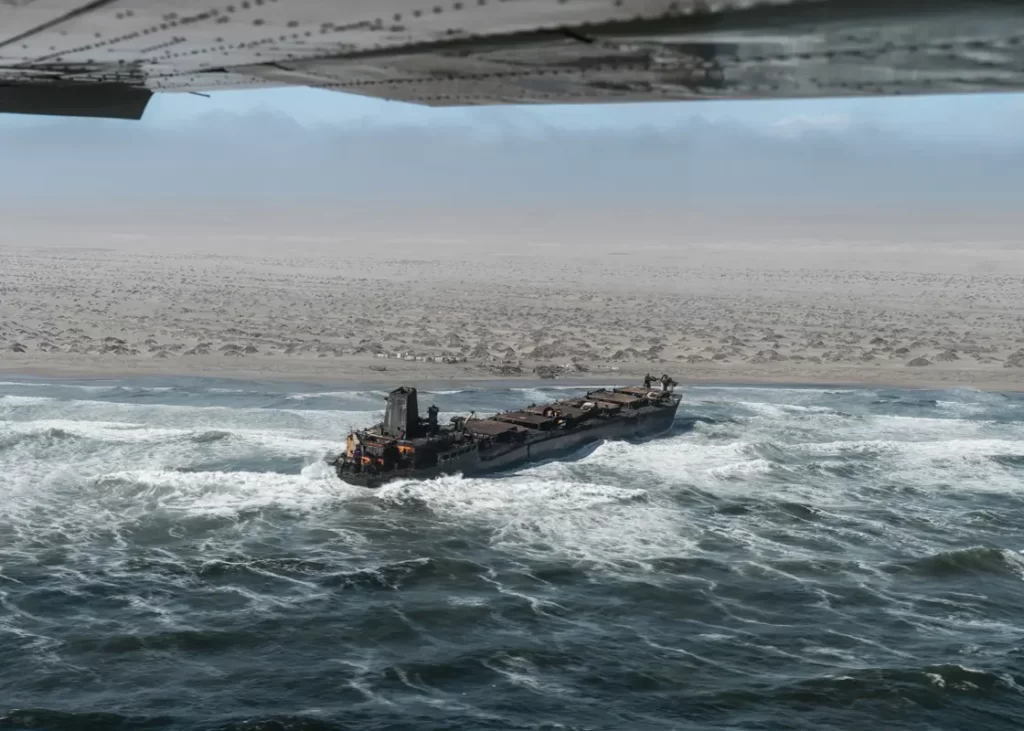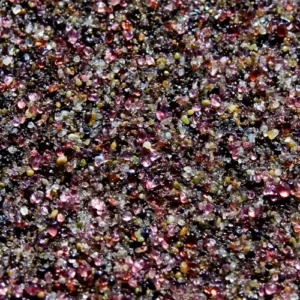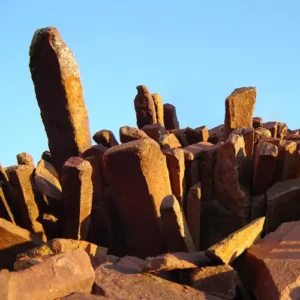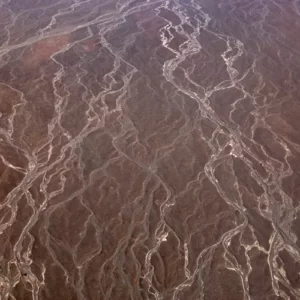Skeleton Coast
Geology

The region north of Swakopmund to Angola is mostly rocky desert with strips of dune belts, primarily between Torra Bay and the Hoarusib River and also at the Kunene River. Adjoining the northern section of the Skeleton Coast Park is Kaokoland, a rugged region inhabited by the Himba people, who still dress and live according to ancient customs and traditions. Adjoining the southern section of the park is Damaraland, inhabited by the Damara people, who have to a large extent adopted Western customs and lifestyles. Both Kaokoland (Kunene Region) and Damaraland (Erongo Region) are renowned for their diversity of desert landscape and interesting flora and fauna, such as the desert-adapted elephant, endangered black rhino and the unique ‘fossil’ tree, Welwitschia Mirabilis.
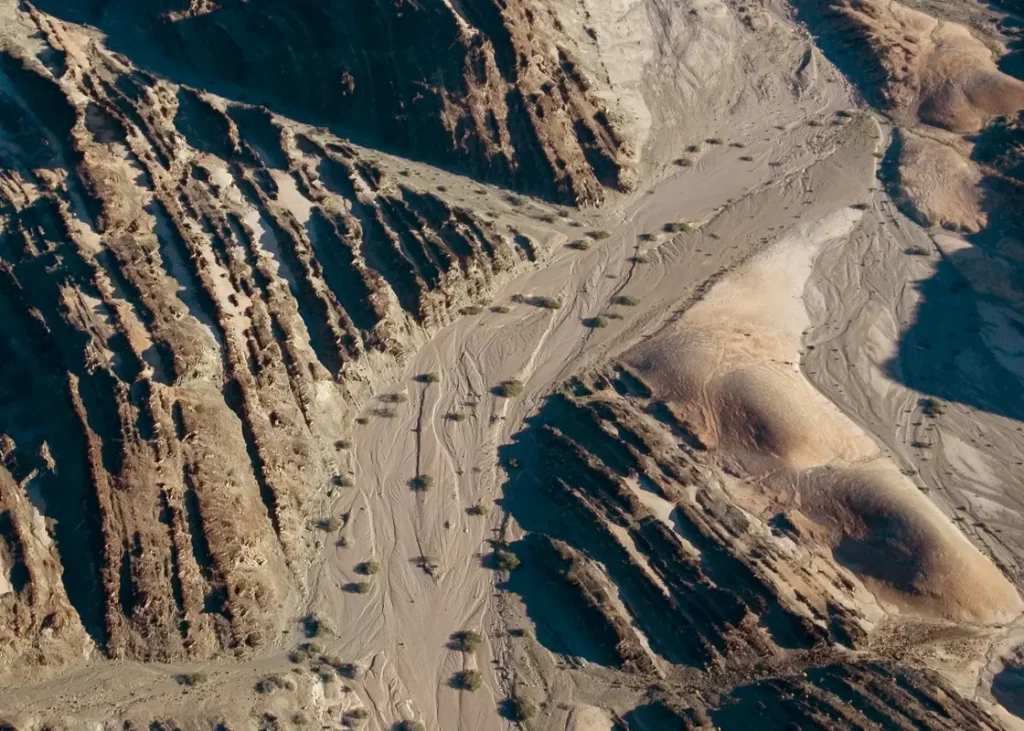

The region south of Swakopmund to Lüderitz is mostly sandy desert where dunes start directly on the beach and extend some 70 km into the interior. This desert region is conserved as the Namib-Naukluft Park with the highest dunes in the world to be found at Sossusvlei. The true nature of the Skeleton Coast is borne out by the high proportion of interesting shipwrecks to be found along the coastline. Rocky outcrops at places such as Spencer Bay present a magnificent contrast against the dunes. Seals, birds, jackal and brown hyaena are some of the larger inhabitants of this mystic world.
